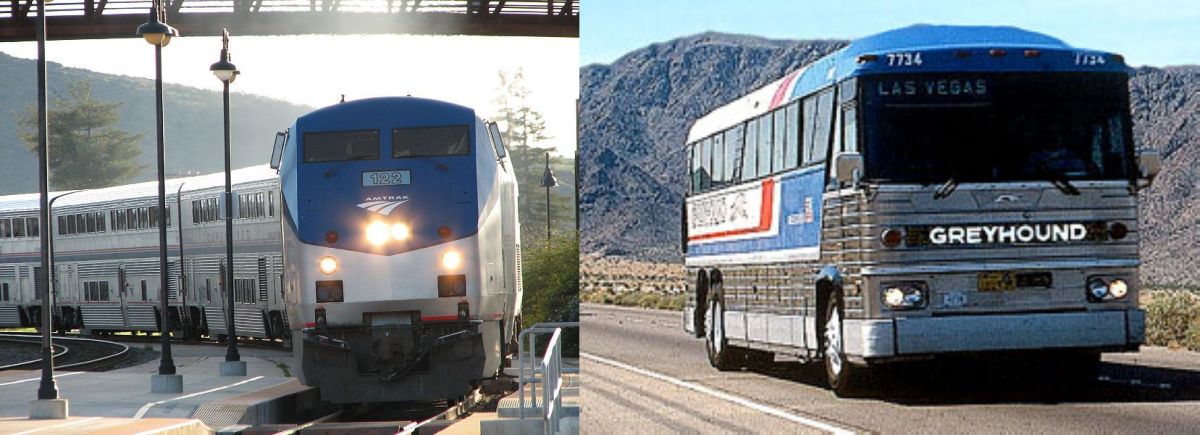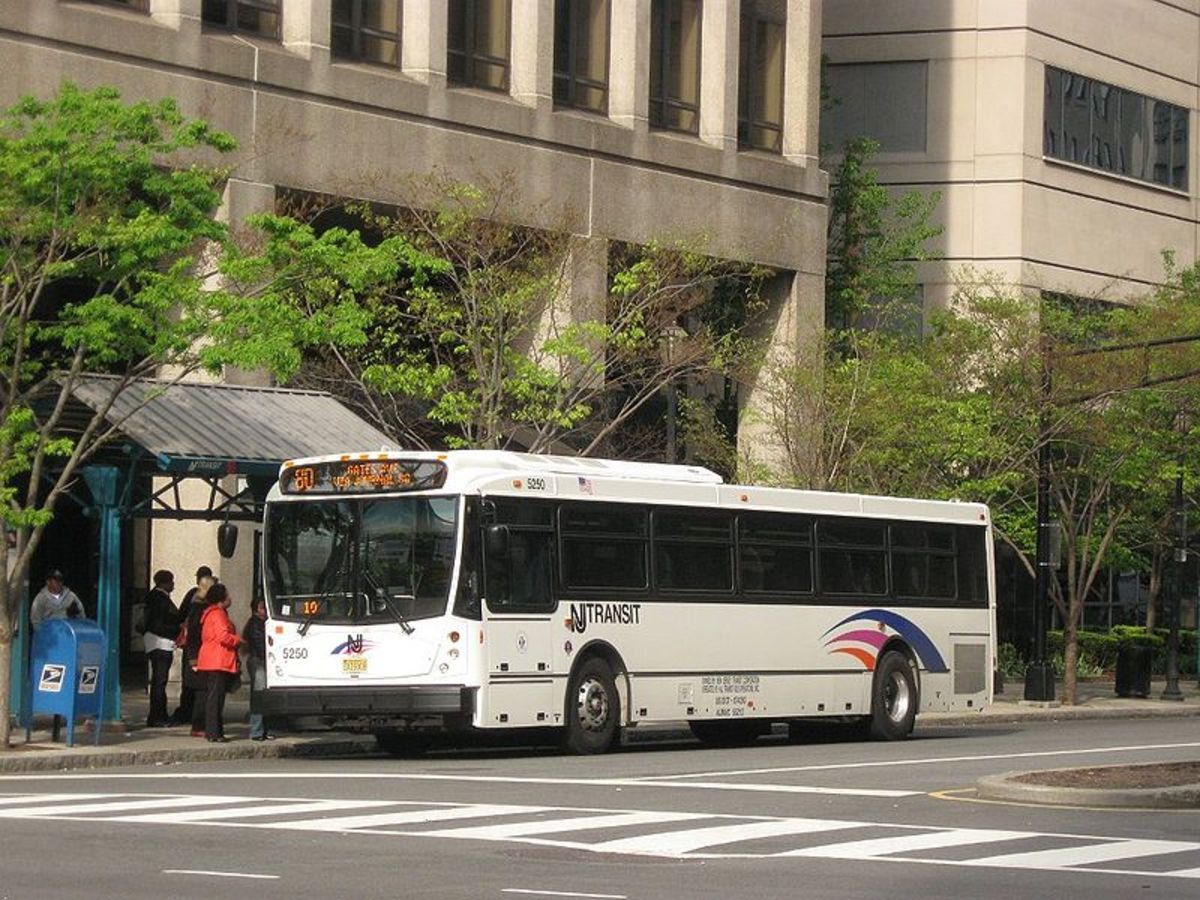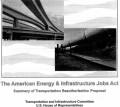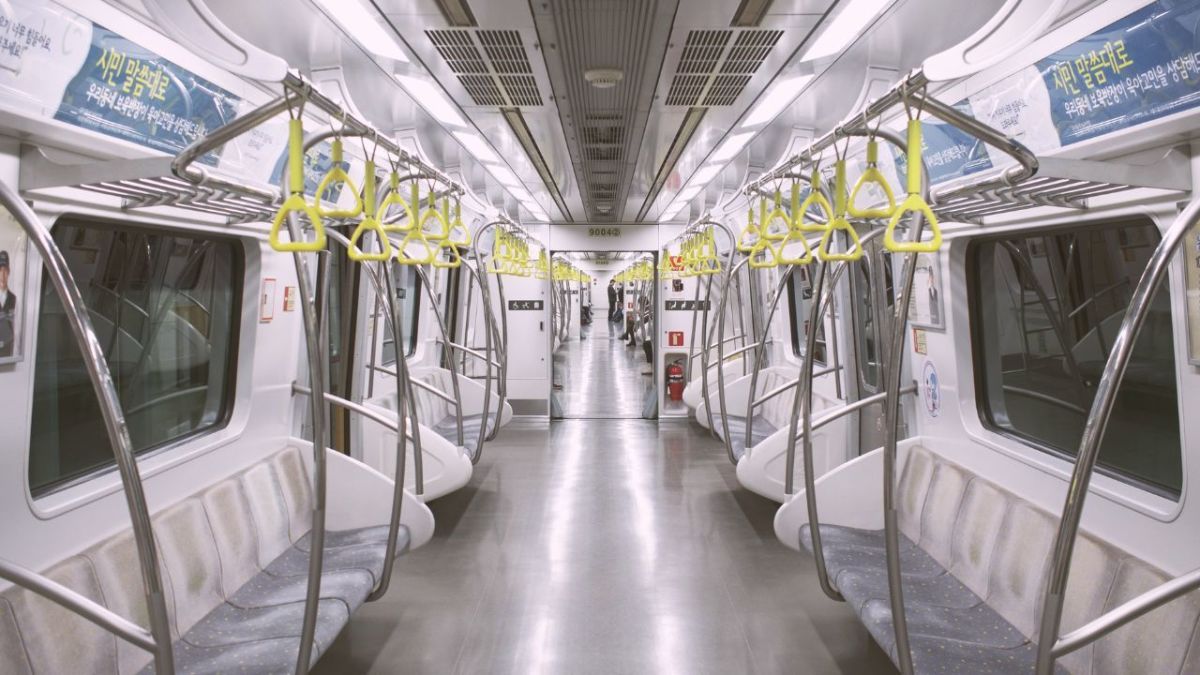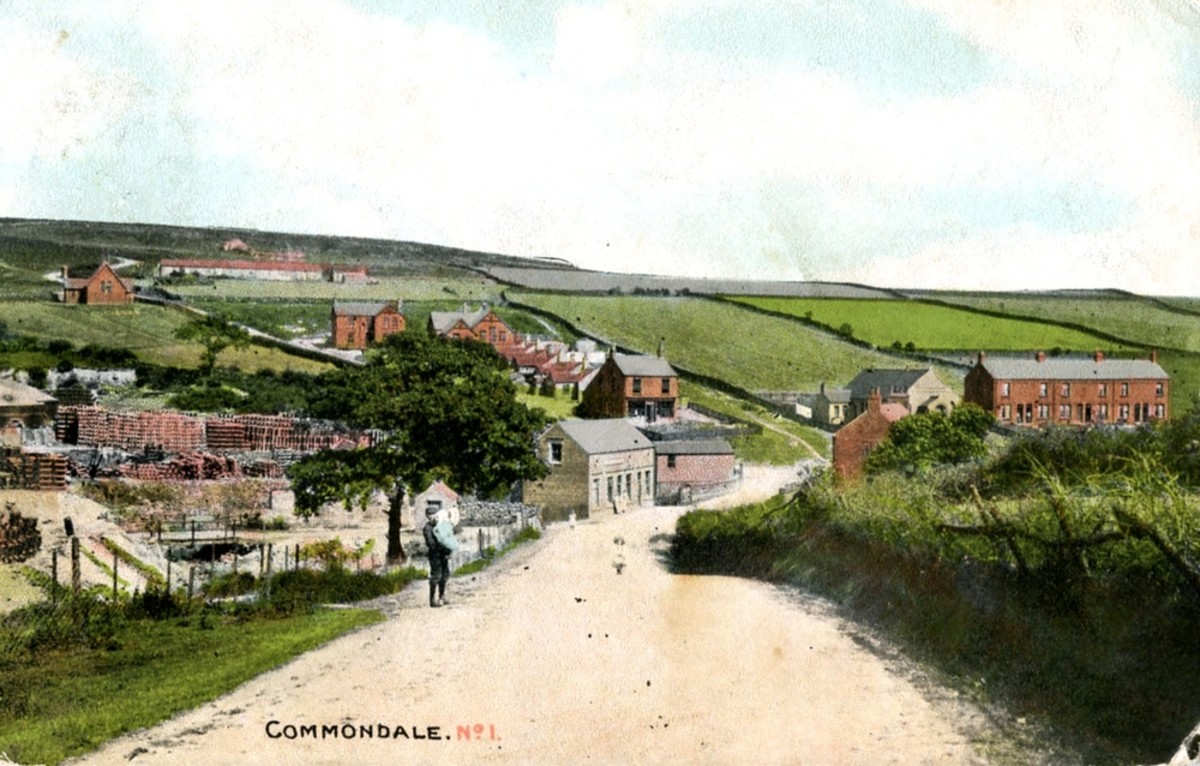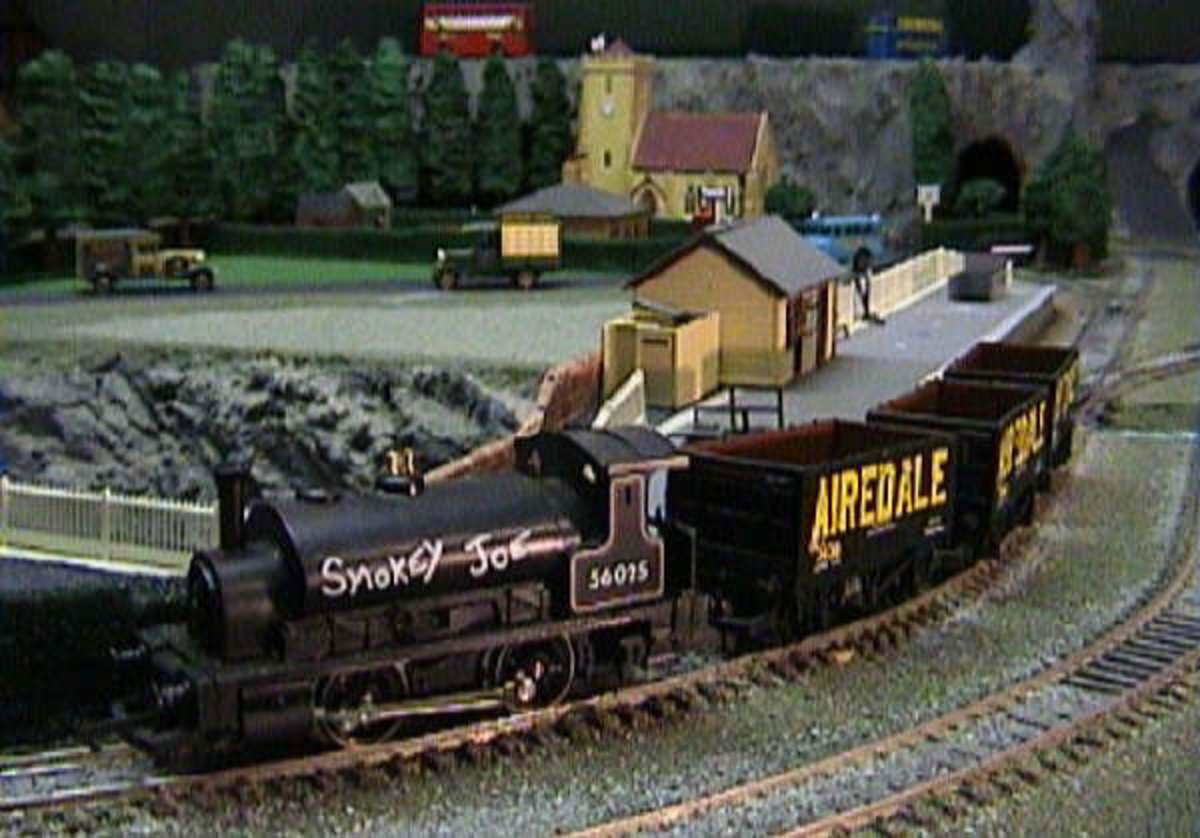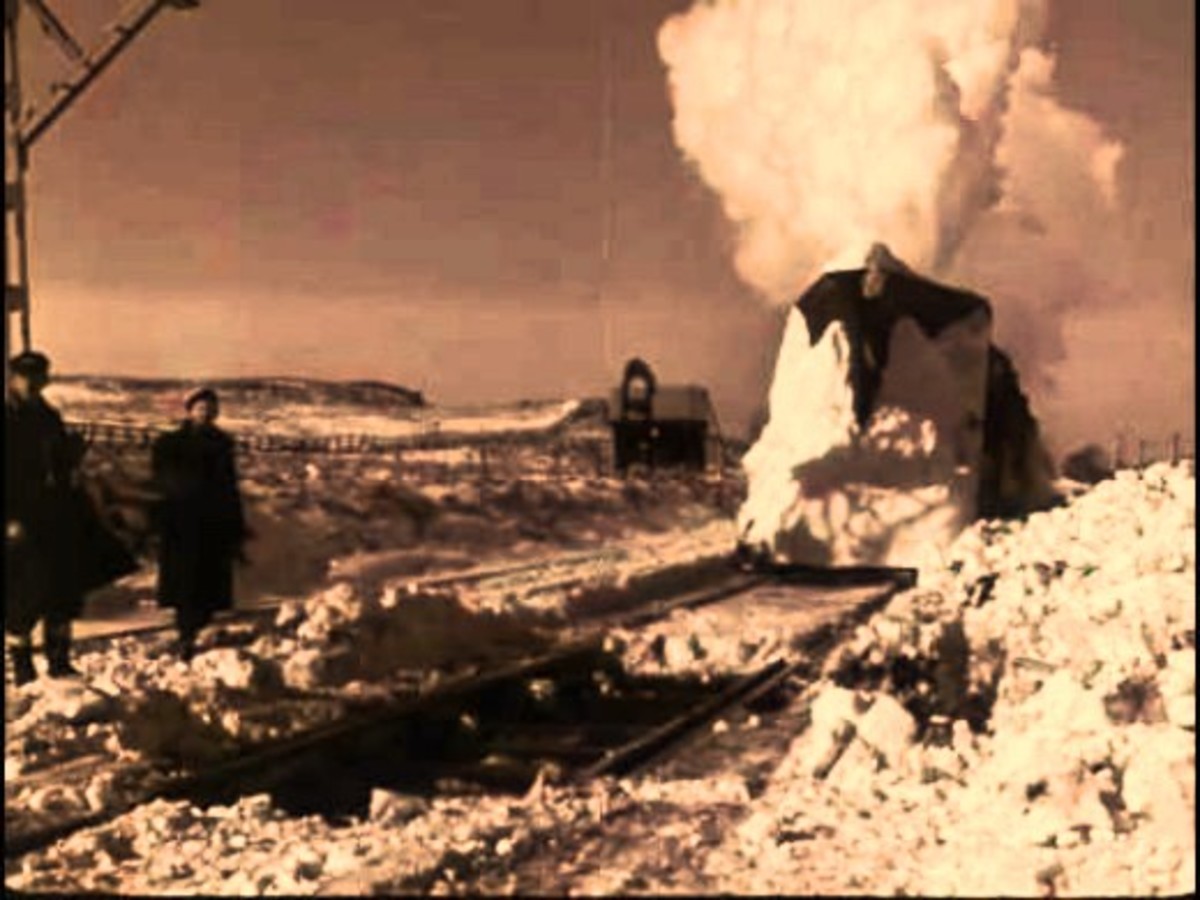Amtrak's on a Roll — Ridership and Revenue Up, Thanksgiving Ridership Hits New Record
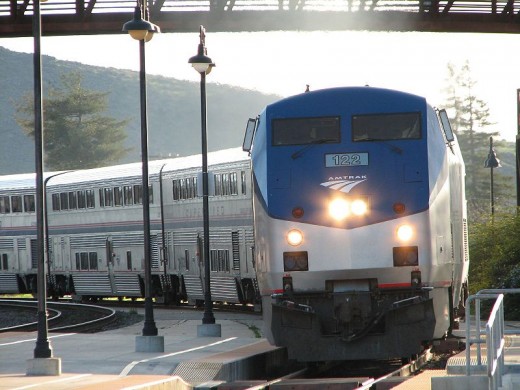
Who said the American passenger train was dead?
Amtrak's ridership has been climbing steadily — up 5% in Fiscal Year 2011, which ended this past September 30th (2011). Over 30 million passengers rode trains over the year (an all-time record). Even if you argue (as a few critics do) that lots of those were repeat passengers, perhaps making round trips, that's still about 15 million individuals who've used intercity trains — a sizable chunk of the population.
Amazingly, Amtrak's increase far surpassed the performance of U.S. air travel, which actually saw a one percent contraction in service as of August. And that's a system, bolstered by its own healthy public subsidies, that provides much faster point-to-point long-distance service, while Amtrak trains stop to serve numerous smaller communities between major cities, often providing the sole public transport available.
And Amtrak's upward trend seems to be continuing. Over the Thanksgiving holiday travel week, the rail passenger system set a new ridership record with an estimated 720,000 passengers, according to a November 30th Amtrak media release. That amounted to a nationwide ridership increase of about 2.2 percent over the previous year's Thanksgiving train travel.
Plus, ready for more? Revenue was up also — climbing by 8% over the previous 12 months.
Ridership up, revenue up ... so why are the Obama administration and the Republican majority in control of the House of Representatives slashing Amtrak's funding? Go figure.
Earlier this year, a House transportation subcommittee approved a FY 2012 spending bill that would have cut Amtrak's operating budget by 60 percent. On top of that, it would have prohibited Amtrak from using federal funding for state-supported intercity rail passenger services — a measure that would have zapped a host of shorter, corridor-type routes across the country.
Those big attacks on Amtrak have been beaten back ... for now. But Amtrak's budget has still been cut — in mid-November, President Obama signed a 2012 appropriations bill that slashes Amtrak funding by $64 million from the level in the previous fiscal year.
Gee ... do Washington politicians think America's roads just aren't congested enough, there isn't enough gasoline being guzzled, and there aren't enough harmful greenhouse gases being released into the atmosphere?
A September 13th McClatchy Newspapers article points out that, while "more than $36 billion in Amtrak subsidies over the past 40 years seems like a hefty price tag," we should keep in mind that "the federal government spent more than $40 billion on highways last year alone."
The article quotes Elliott Sclar, a Columbia University urban planning professor, who points out that "Everything that's been built in the history of the country has been built with government involvement. ... Amtrak was always sort of a stepchild that no one wanted."
As the article goes on to note, the rest of the world is investing in passenger rail on a huge scale — countries ranging from China to Brazil, and even petroleum-rich Saudi Arabia. Meanwhile, "Amtrak's place in U.S. transportation policy is far from assured."
As Professor Sclar warns, "All of a sudden, the era of cheap energy is over." And, reflecting the viewpoint of some partisans of America's market economy, he further admonishes that "If we stay auto dependent, we won't be competitive."
Rail passenger critics denounce public funding of Amtrak, but, especially when compared on a total benefit-to-cost basis with U.S. highways, Amtrak starts to look pretty darn economical.
In a November 10th commentary on Railroad.net, Christopher Mahoney cites an analysis from the GreaterGreaterWashington blog revealing that "Amtrak actually receives fewer dollars per passenger mile (ppm) than highways."
Breaking down the subsidy comparison into a number of categories, such as direct subsidy, congestion costs, air pollution, impact on global warming, noise, parking costs, resource consumption, crash damages, lost tax revenue, and transportation diversity, the analysis figures that Amtrak's costs tally to about 44 cents per passenger mile, slightly less than the total cost of highways, which comes to 45 cents ppm.
"Perhaps the most interesting part of the comparison" writes Mahoney "was that in all categories besides direct subsidies, highways were notably more expensive than Amtrak service."
OK, let's sum this up. Amtrak is cheaper; it excels in reducing air pollution, global warming, noise, and congestion costs; and it's been attracting more and more passengers, and taking in more revenue. So, should its funding be increased, or slashed? Duh...
Lyndon Henry is a writer, editor, freelance investigative journalist and analyst, and transportation planning consultant. He produces the Writing Perspectives blog:
http://writingperspectives.wordpress.com
Lyndon also is a technical consultant for the Light Rail Now Project, and editor and team writer for the Light Rail Now website. In addition, he produces a blog for Railway Age magazine.
Published: 2011/12/10
URL: http://lhwritings.hubpages.com/hub/Amtraks-on-a-Roll-Ridership-and-Revenue-Up-Thanksgiving-Ridership-Hits-New-Record




